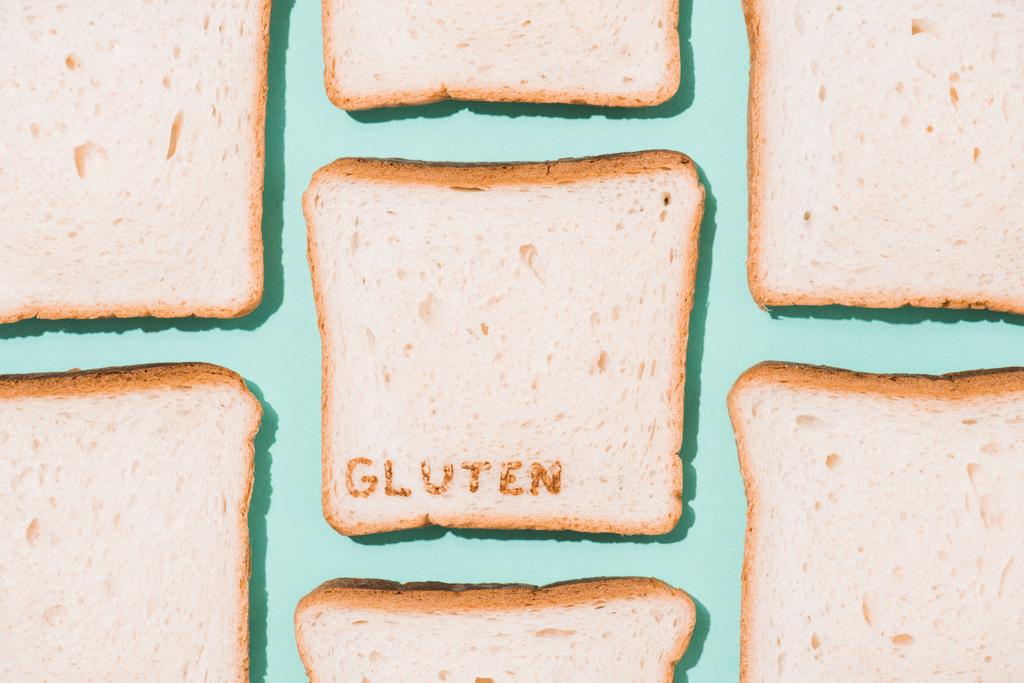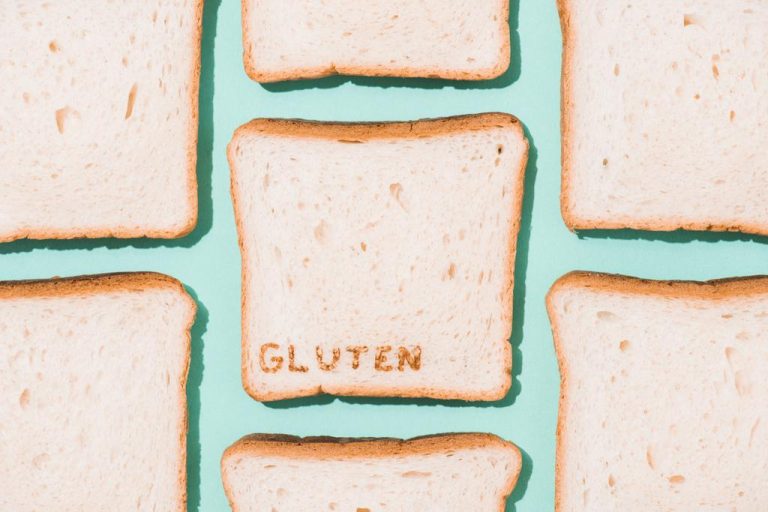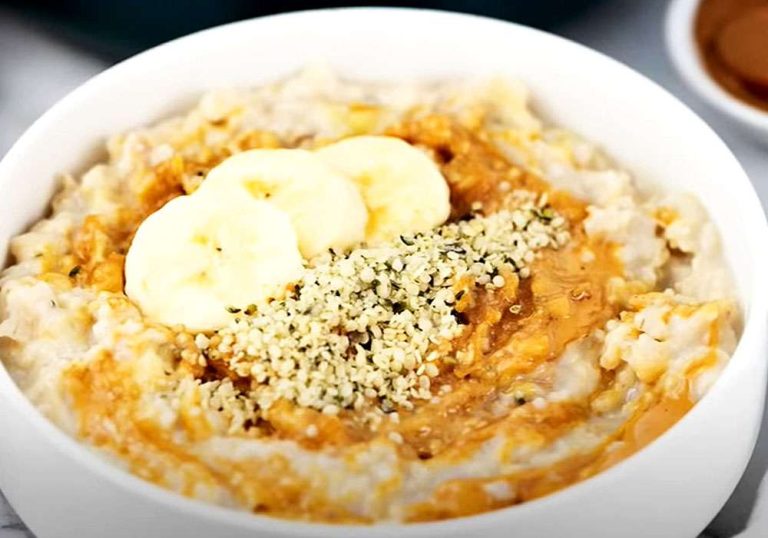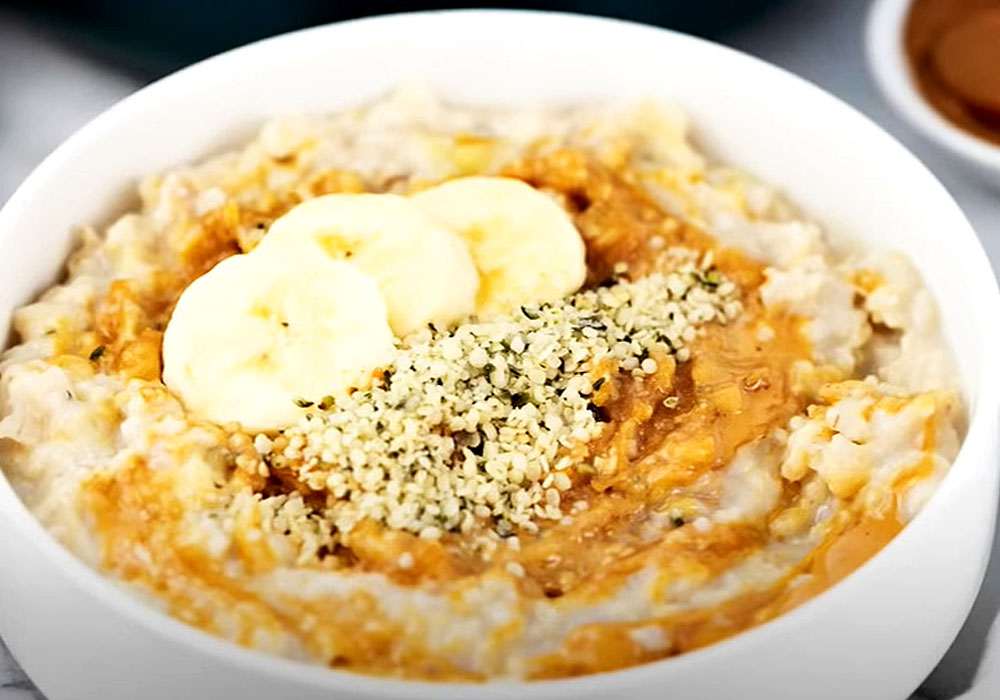If you want to eat gluten-free, you have to consider a few things. In this article you will learn all about the advantages and disadvantages of a gluten-free diet.

Gluten-free diet – when it makes sense
Gluten-free nutrition seems to have become something of a trend in recent years: More and more people prefer gluten-free products because they are supposedly healthier. But is that really true?
There are people who suffer from gluten intolerance, so-called celiac disease. Your stomach cannot process the gluten found in many grains. That’s why they get sick if they eat too much of it. If you suspect that you do not tolerate gluten well, you should check with a doctor. Without a diagnosis, you shouldn’t just completely avoid gluten-containing products.
Signs of gluten intolerance can include the following:
stomach pain
gas
diarrhea or constipation
headache
drowsiness and tiredness
You also have to distinguish between a real intolerance, i.e. celiac disease, the so-called gluten sensitivity and wheat allergy. These three variants are considered to be three different clinical pictures.
Gluten and the different forms of allergies
Gluten is a protein found in many grains. When it comes into contact with water, it becomes sticky – that’s why it’s also called “glue protein”. When baking, it binds the individual ingredients into a smooth dough.
Gluten is contained, for example, in:
Wheat
rye
Spelt
barley
Oats (not in all varieties)
Anyone with true celiac disease who eats gluten suffers an autoimmune reaction that attacks the lining of the gut. The immune system reacts to the gluten with too many antibodies, which damage the small intestine and even the whole body in the long run. Therefore, sufferers of true celiac disease should make absolutely sure that they do not eat any gluten.
In the case of a gluten sensitivity, the immune system is not attacked. The body only reacts negatively to the intake with the symptoms mentioned. Those affected have to find out for themselves what types of grains and what amounts of gluten their own bodies can tolerate.
In the case of a wheat allergy, the body only reacts allergically to the protein contained in wheat. Other gluten-containing grains can usually be consumed by those affected without hesitation.
The pros and cons of a gluten-free diet
If your doctor has diagnosed you with an intolerance, then it makes sense to avoid certain foods. If you change your diet, you will feel noticeably healthier after just a few weeks of eating gluten-free.
There are now many gluten-free alternatives in the supermarkets. These are labeled as gluten free. You can also find gluten-free alternatives in many restaurants.
If you don’t have an intolerance and just want to avoid gluten, you might want to reconsider your decision. There is no evidence that eating gluten is harmful to healthy people. Gluten-free nutrition is also hardly suitable for losing weight or as a diet.
In gluten-free products, the lack of gluten is often replaced by more fat and sugar. The food therefore often contains even more calories and fewer good nutrients. So eating gluten-free is not healthier per se.
Gluten-free food – you can enjoy it without hesitation
At first, it may feel like you can’t eat anything at all if you have to give up gluten. But that’s not the case! There are many delicious alternatives that you can use to replace gluten-containing foods.
If you like to bake yourself, you can simply use gluten-free flour in the future.
In principle, you can also prepare everything that you can bake with wheat flour as a gluten-free alternative. While these alternatives taste a little different and may have an unfamiliar texture, you’ll soon find that they’re still very tasty. If you like to eat bread, you can easily bake gluten-free bread yourself.
There are also many gluten-free alternatives for your breakfast. For example, you can eat gluten-free rolls, porridge made from gluten-free oats or scrambled eggs.









